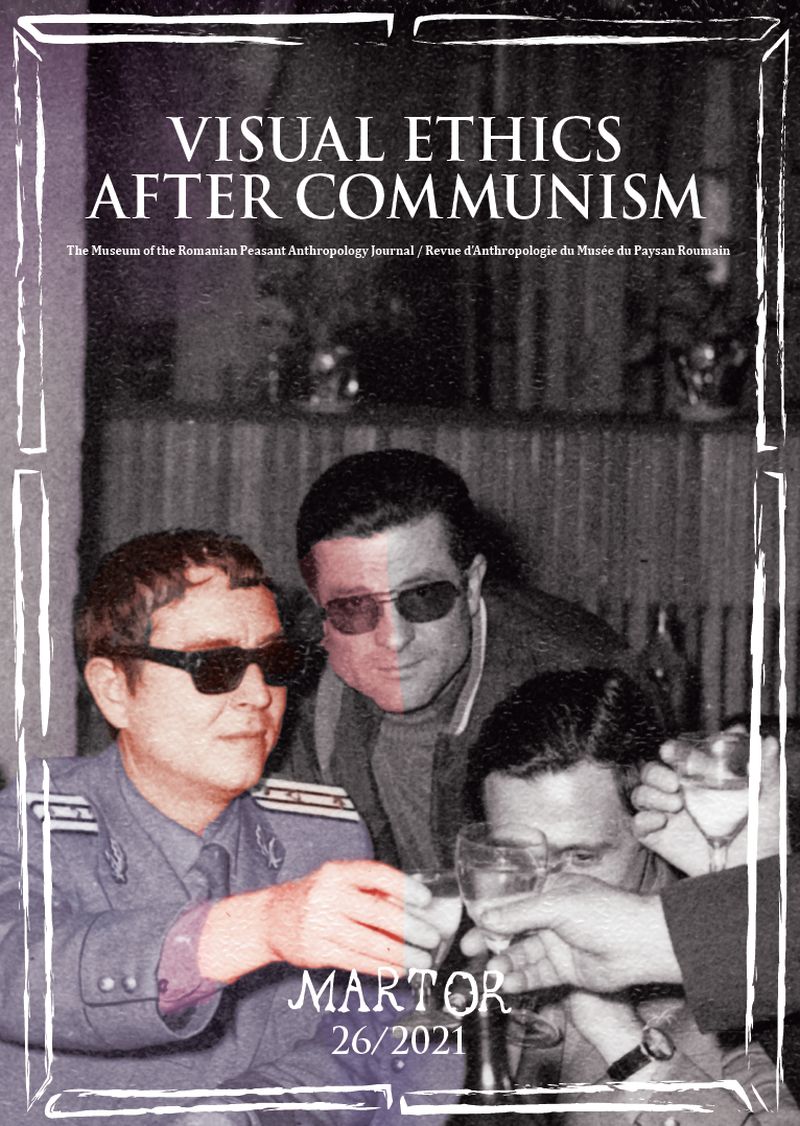Experiences of Socialism in Romanian Exhibitions: Ethical Implications of Display, Invisibility, and Engagement
Experiences of Socialism in Romanian Exhibitions: Ethical Implications of Display, Invisibility, and Engagement
Author(s): Maria CristacheSubject(s): Anthropology
Published by: Muzeul Ţăranului Român, Editura Martor
Keywords: Museums; socialism; consumption; material culture; everyday life;
Summary/Abstract: The representation of tangible and intangible heritage from the socialist period in Romania has increased and diversified since the House of the People opened for visitors in 1994. Permanent and temporary exhibitions focused on various aspects of life under socialism—from food, housing, and entertainment to the lifestyle of the Ceaușescu couple—have flourished especially in the 2010s. In this article, I examine the different ways in which exhibitions represent the socialist past by displaying objects linked to consumption, leisure, and domesticity and by organizing interactive experiences around the material culture and spaces associated with socialism. The main questions addressed are: Whose perspectives and experiences of the socialist period do these exhibitions represent? What are the direct and indirect ways in which these exhibitions make political commentaries? What are the ethical issues raised by the strong interactive component of some of these experiences? In order to answer these questions, I will look at four exhibitions opened after 2010: Casa Ceaușescu (Ceaușescu Mansion) and 80east in Bucharest, Muzeul Consumatorului Comunist (Museum of the Communist Consumer) in Timișoara, and Muzeul Traiului în Comunism (Museum of Living in Communism) in Brașov. My analysis is informed by research on the representation of socialism in museums since 1989, by reflections on the ethical responsibility of museums and on the political commentary they generate. Based on the analysis of the exhibitions and on interviews with the founders of these initiatives, I discuss the dimension of space and issues of representation, the interactive component as a source of authenticity and its relation with trust, and the political relevance and position of these exhibitions.
Journal: Martor. Revue d’Anthropologie du Musée du Paysan Roumain
- Issue Year: 2021
- Issue No: 26
- Page Range: 55-72
- Page Count: 18
- Language: English

